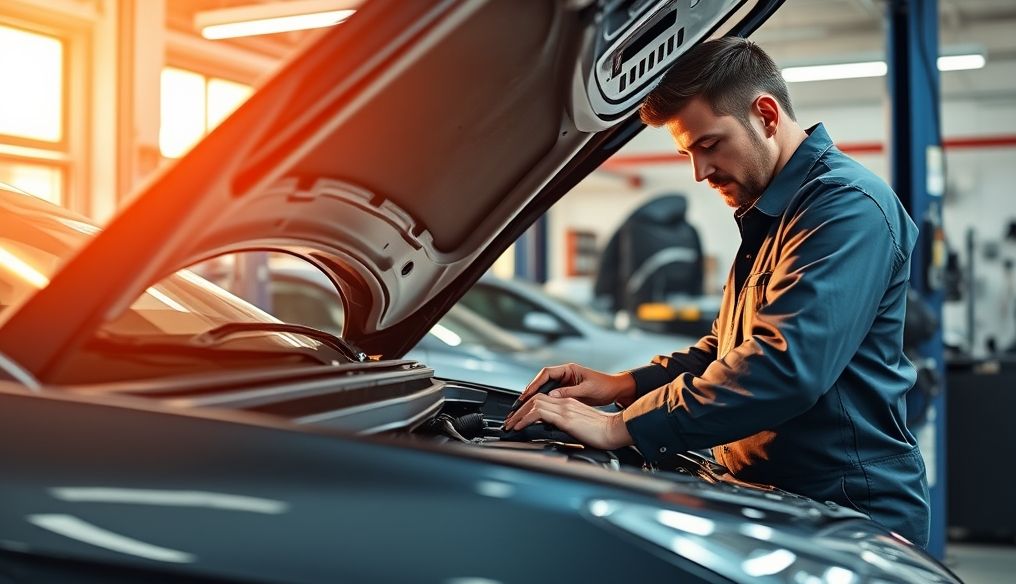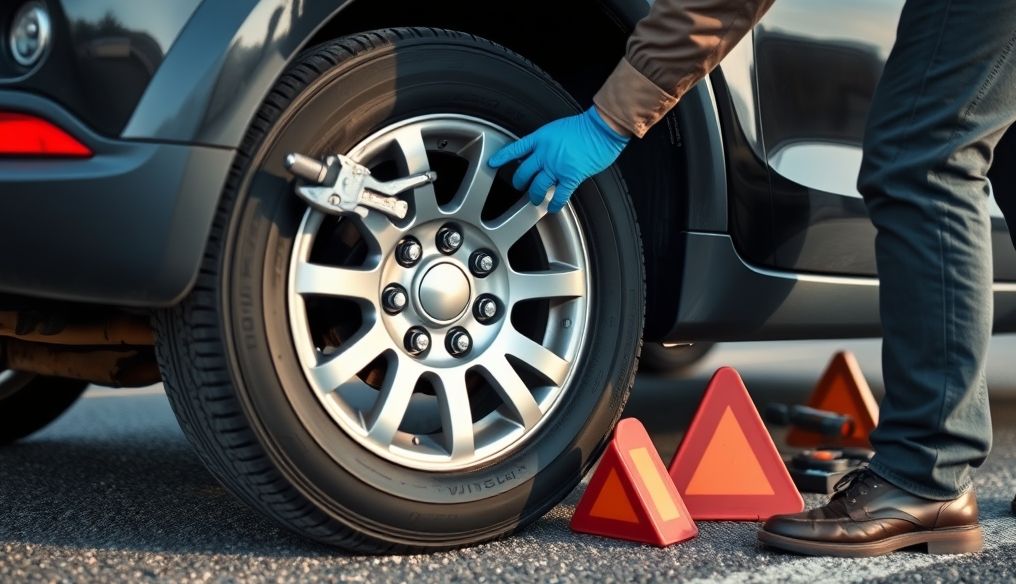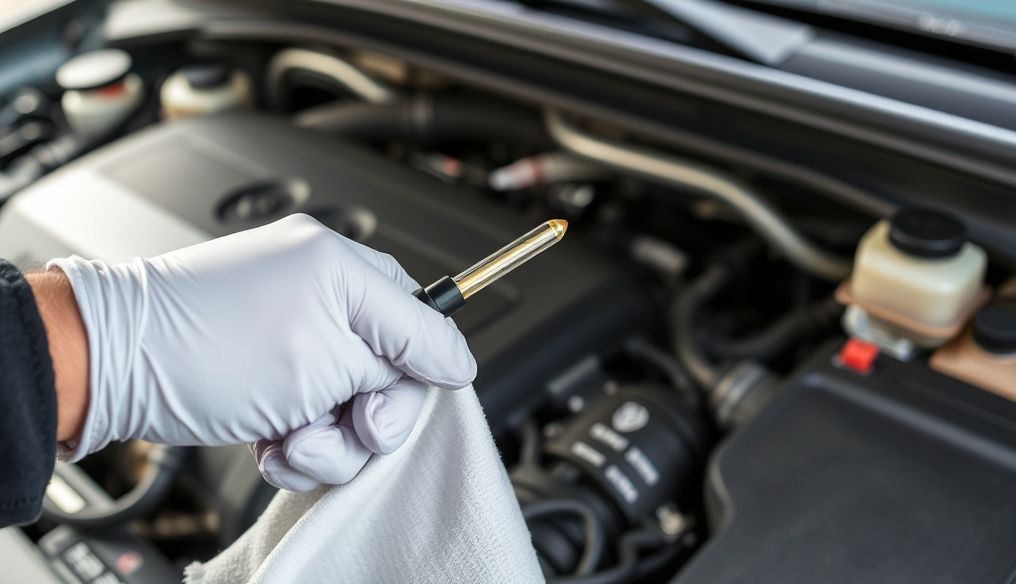Why is Adhering to a Regular Car Maintenance Schedule Crucial?
A car, regardless of its type or model, is a complex system consisting of thousands of mechanical and electronic parts that work in harmony to provide us with a safe and comfortable means of transportation. Over time and with use, these parts are subject to wear and tear, which can affect the car's performance and safety. This is where regular maintenance comes in. It's like a routine medical check-up for the car, aimed at detecting potential problems in their early stages before they escalate into major and costly breakdowns.
1. Extending Car Life and Maintaining Value:
Regular, periodic maintenance ensures that all parts of the car work efficiently, which reduces the likelihood of unexpected breakdowns and extends the car's lifespan. In addition, a car that is regularly maintained retains its market value better than a neglected car, making it a better long-term investment.
- Example: Changing the engine oil regularly prevents the accumulation of harmful deposits that can cause corrosion of internal engine parts.
- Statistic: Studies show that cars that adhere to a regular maintenance schedule live on average 30% longer than cars that do not undergo regular maintenance.
2. Improving Performance and Reducing Fuel Consumption:
When all parts of the car are in good condition, they work more efficiently, leading to improved car performance and reduced fuel consumption. For example, properly inflated tires reduce rolling resistance, which reduces the amount of fuel needed to move the car.
- Example: Regularly checking and cleaning the air filter ensures that enough clean air reaches the engine, which improves combustion and reduces fuel consumption.
- Tip: Use the fuel type recommended by the car manufacturer for optimal performance and fuel economy.
3. Ensuring Safety and Avoiding Accidents:
Regular maintenance plays a crucial role in ensuring the safety of the car and its occupants. Regularly checking the brakes, tires, suspension system, and lighting reduces the risk of accidents due to mechanical failures.
- Example: Checking the brakes and ensuring the integrity of the brake discs and pads ensures that the car can stop safely and quickly in emergencies.
- Warning: Do not ignore any warning signs indicating a problem with the braking system, such as strange noises or vibrations when pressing the brake pedal.
4. Saving Money in the Long Run:
Although regular maintenance may seem expensive at first, it saves money in the long run by avoiding major and costly repairs that may result from neglecting maintenance. In addition, a car that is regularly maintained consumes less fuel and requires fewer emergency repairs.
- Example: Changing the engine oil regularly prevents engine damage, which can save you thousands of dollars that you might spend on repairing or replacing the engine.
- Comparison: The cost of annual regular maintenance for a car is usually much lower than the cost of repairing a major engine or transmission failure.
5. Protecting the Environment:
A car that is regularly maintained produces fewer emissions than a neglected car, which contributes to protecting the environment and reducing pollution. Regularly checking the exhaust system, cleaning the air filter, and changing the engine oil helps reduce emissions of harmful gases.
- Example: Checking the exhaust system and ensuring the integrity of the catalytic converter reduces emissions of harmful gases such as carbon monoxide and nitrogen oxides.
- Responsibility: As a car owner, you have a responsibility towards the environment and society, and regular maintenance is one way you can contribute to protecting the environment.
6. Understanding Your Car's Maintenance Schedule:
A car's maintenance schedule typically includes a set of checks and procedures that should be performed at specific time intervals or after driving a certain distance. The maintenance schedule can be found in the car's owner's manual or on the car manufacturer's website.
- Example: The maintenance schedule may include changing the engine oil every 5,000 kilometers, checking the brakes every 10,000 kilometers, and changing the air filter every 20,000 kilometers.
- Customization: You may need to adjust the maintenance schedule based on your driving conditions, such as driving in harsh conditions or driving long distances.
7. The Importance of Choosing a Reliable Maintenance Center:
When choosing a car maintenance center, it is important to make sure that it has a good reputation and has trained and qualified technicians. You can look for maintenance centers certified by the car manufacturer or read customer reviews online.
- Tip: Ask the maintenance center to provide a written estimate of the cost of maintenance before starting work.
- Verify: Make sure that the maintenance center uses genuine spare parts or high-quality replacement parts.
8. Tips for Maintaining Your Car Between Regular Maintenance Intervals:
In addition to adhering to the regular maintenance schedule, there are some things you can do to keep your car in good condition between maintenance intervals, such as checking tire pressure regularly, monitoring fluid levels (oil, water, coolant, brake fluid), and cleaning the car regularly.
- Example: Checking tire pressure regularly and ensuring that it is within the recommended range improves fuel efficiency and extends tire life.
- Monitor: Pay attention to any strange noises or unusual vibrations coming from the car, and have them checked as soon as possible.
Regular maintenance is not just an additional cost, but an investment in your safety, peace of mind, and the future of your car.
- Car Maintenance Expert




